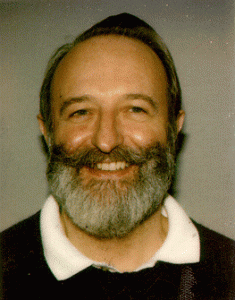 I’m sad to say that Ken J. Barnes died recently. My sympathies and wishes of comfort go to Jacky and the family.
I’m sad to say that Ken J. Barnes died recently. My sympathies and wishes of comfort go to Jacky and the family.
There are many theoretical high energy physicists who will tell you of their wonderful time as students in the theory group in Southampton, England. I’m one of them. I think a huge component of that is due to Ken. He founded the group, nurtured it, and led it for many years. As a nearly completing undergraduate who was somewhat certain about what I wanted, after a lot of fastidious researching of various options, I picked the Southampton group very carefully back then. I had it set in my mind that I wanted to do research in string theory, and was looking for a group that felt dynamic and energetic, and while I got offers from some good places (including the excellent group at Durham which I was later to join as a faculty member 11 years later), there was a spark that I felt when I visited Southampton’s group, the group Ken founded way back in the early ’70’s.
The group was more than just Ken, of course, but the fact that such great faculwho and staff were there, and doing great work, was part of his building process. Tim Morris, who was to be my advisor, and who was doing interesting things in string theory, was one such person who impressed me greatly. I was so glad I went there, from the moment I first arrived, and I loved those days so dearly.
It all began (as many will tell you) with Ken’s “pep talk” where he would tell the prospective students who were visiting the group about the possibly crazy decision they were making (to go into a highly technical field with few employment prospects in academia)… essentially reminding us that we’d better be doing it for the love of the subject. I think that we all were in awe of him, and perhaps a little afraid early on, but later […] Click to continue reading this post →
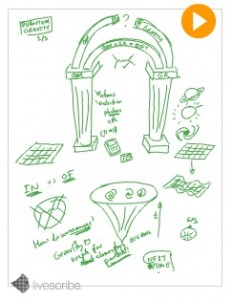 So I mentioned that I was doing some more material for the Nova people, via their website. (See here for some earlier material about Multiverses.) They’ve a blog called The Nature of Reality with contributions from many interesting people. Well, now they’re featuring those pencasts I think I told you about in an earlier post.
So I mentioned that I was doing some more material for the Nova people, via their website. (See here for some earlier material about Multiverses.) They’ve a blog called The Nature of Reality with contributions from many interesting people. Well, now they’re featuring those pencasts I think I told you about in an earlier post. 
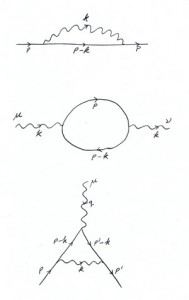


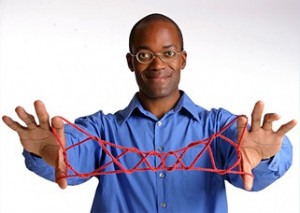



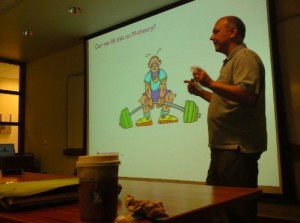
 It was a fun week in the string theory class this week, as we got to some major landmarks that are always fun to teach. We’ve uncovered the extended objects called D-branes (see numerous previous posts for how useful and important these objects are in string theory research) in all their glory in the lectures before, and deduced lots of their properties, such as the form of the action that determines how a D-brane moving in spacetime responds to the various fields (including the geometry) created by the string theory. That’s all fun, but then the key thing to do next is to compute the mass of these dynamical objects, or the mass per unit volume – the tension. Computing it fully, with no hand-wavy factors. Your mass measures how strongly you interact with gravity. So you can measure it by studying the gravitational interaction between masses. (You do that when you step on a scale to measure your weight… well the scale does it by showing how much force it takes to stop you from falling through the floor toward the center of the earth…)
It was a fun week in the string theory class this week, as we got to some major landmarks that are always fun to teach. We’ve uncovered the extended objects called D-branes (see numerous previous posts for how useful and important these objects are in string theory research) in all their glory in the lectures before, and deduced lots of their properties, such as the form of the action that determines how a D-brane moving in spacetime responds to the various fields (including the geometry) created by the string theory. That’s all fun, but then the key thing to do next is to compute the mass of these dynamical objects, or the mass per unit volume – the tension. Computing it fully, with no hand-wavy factors. Your mass measures how strongly you interact with gravity. So you can measure it by studying the gravitational interaction between masses. (You do that when you step on a scale to measure your weight… well the scale does it by showing how much force it takes to stop you from falling through the floor toward the center of the earth…) 




